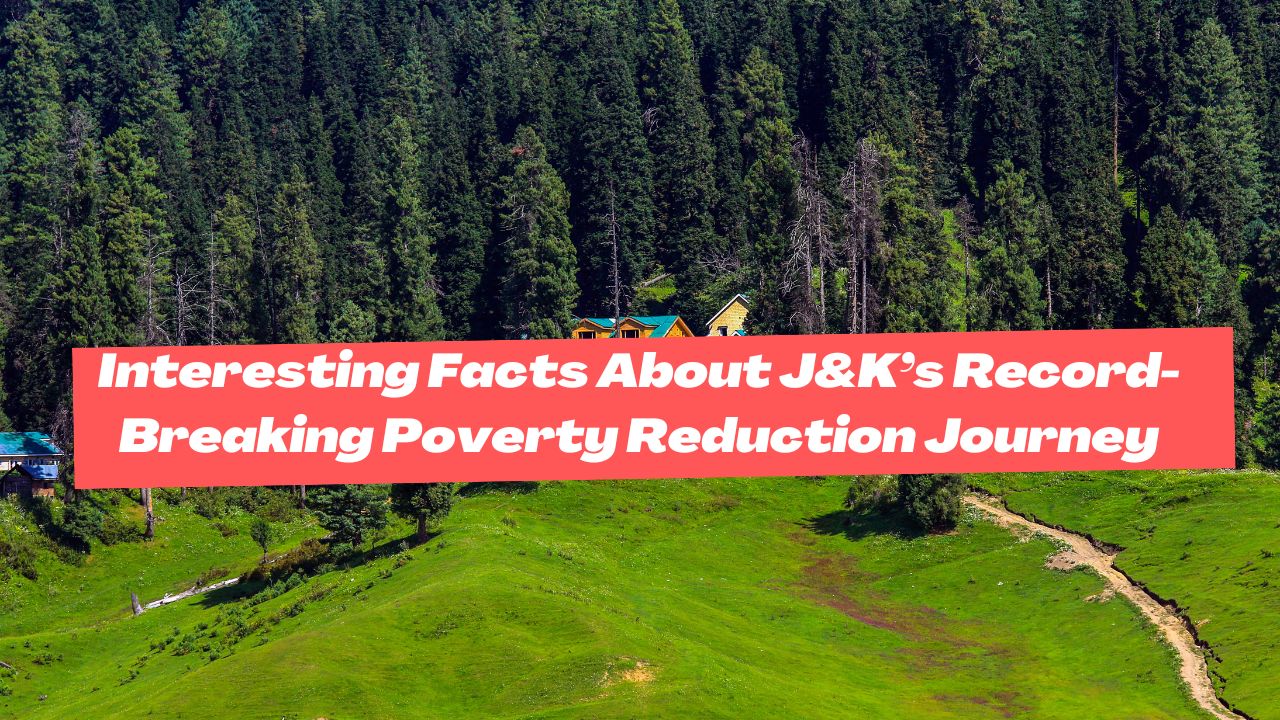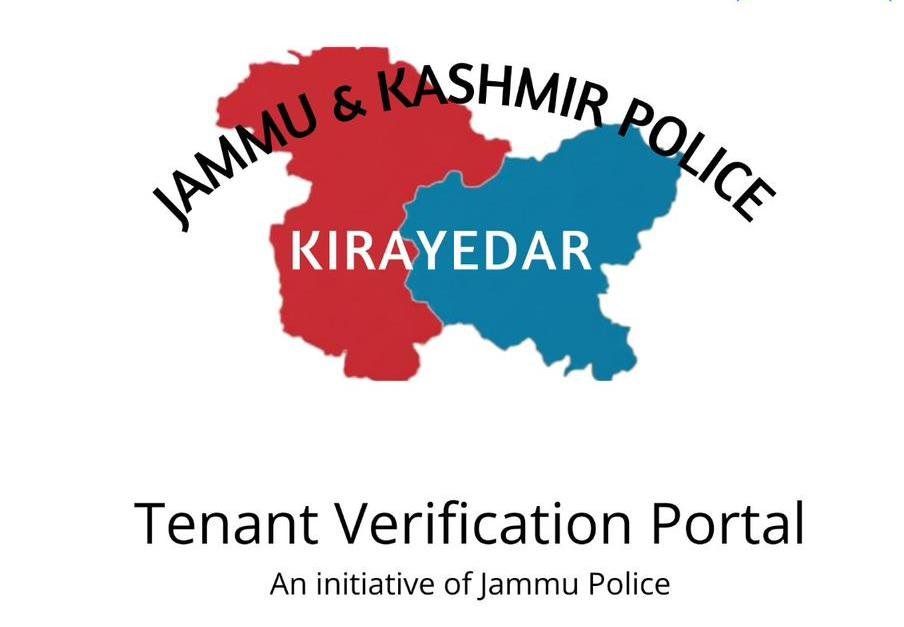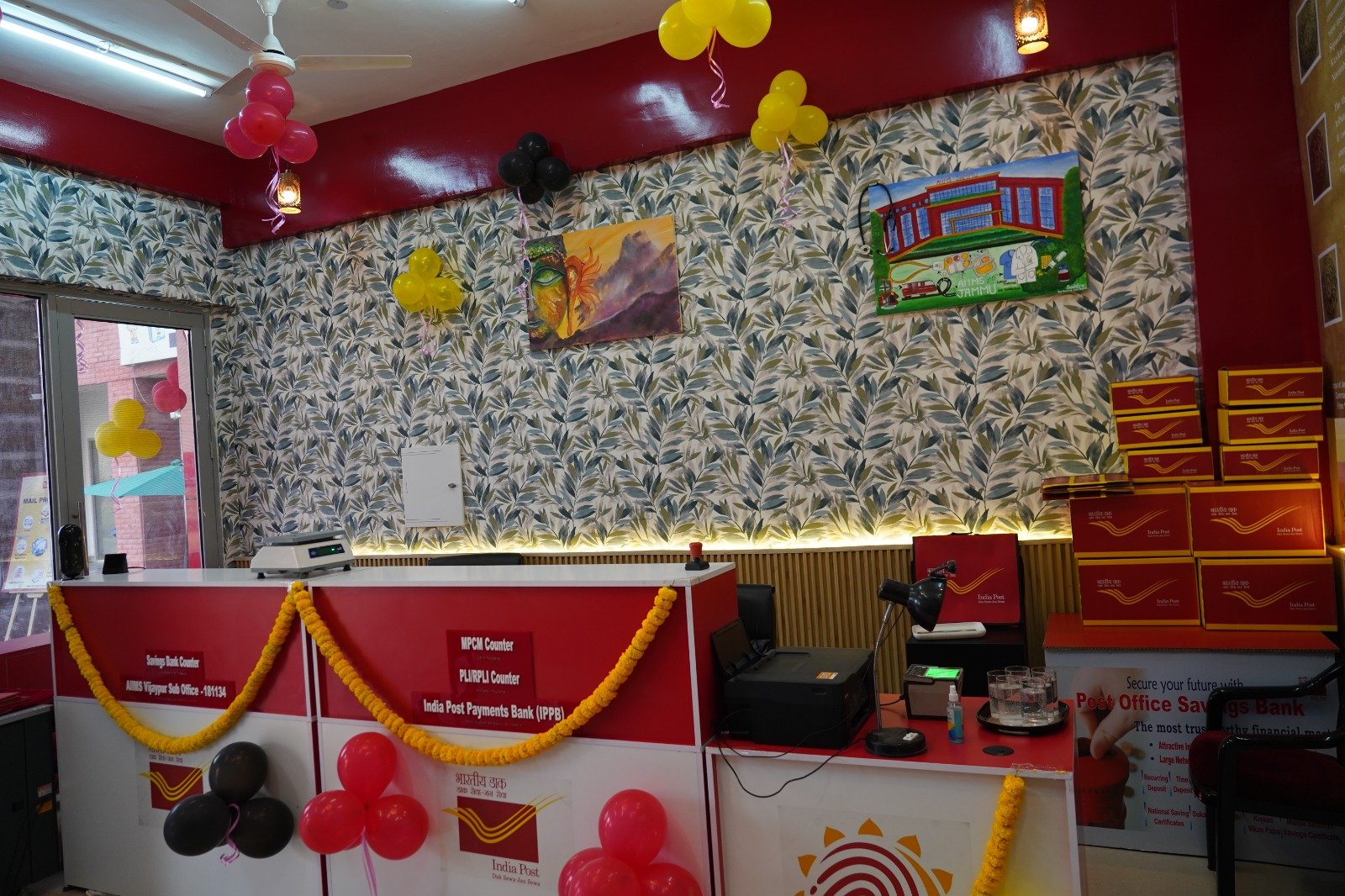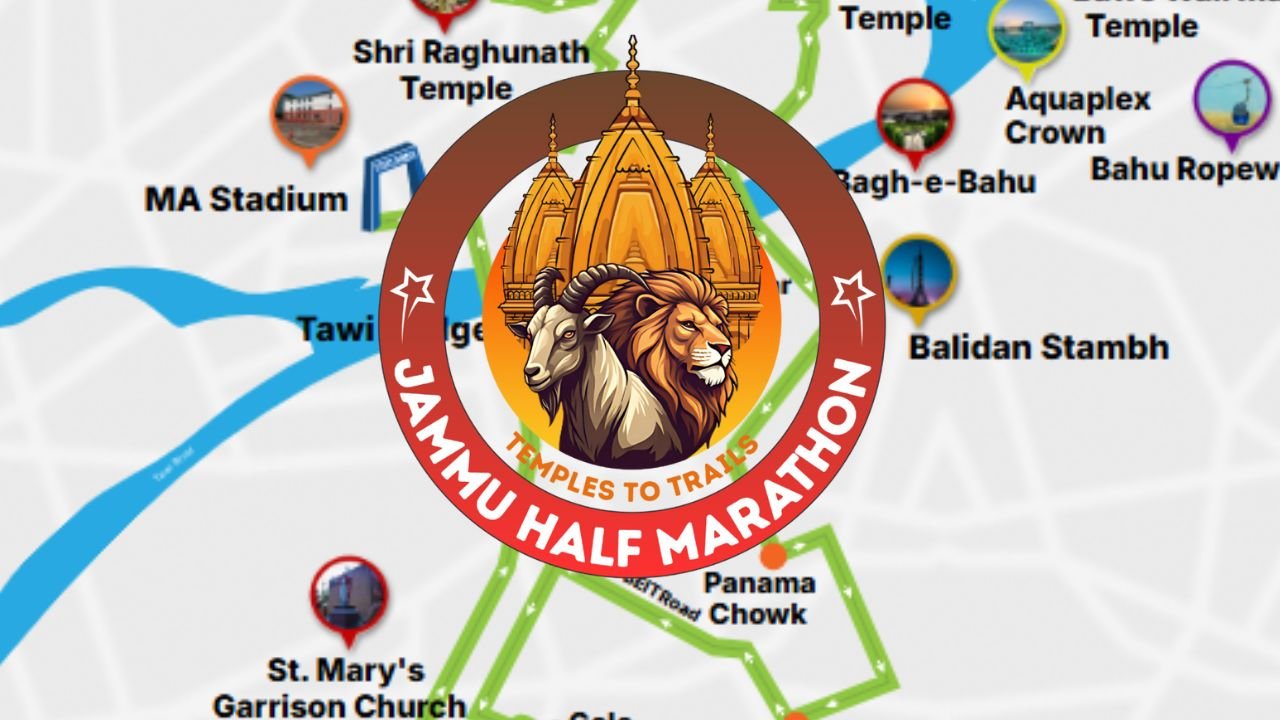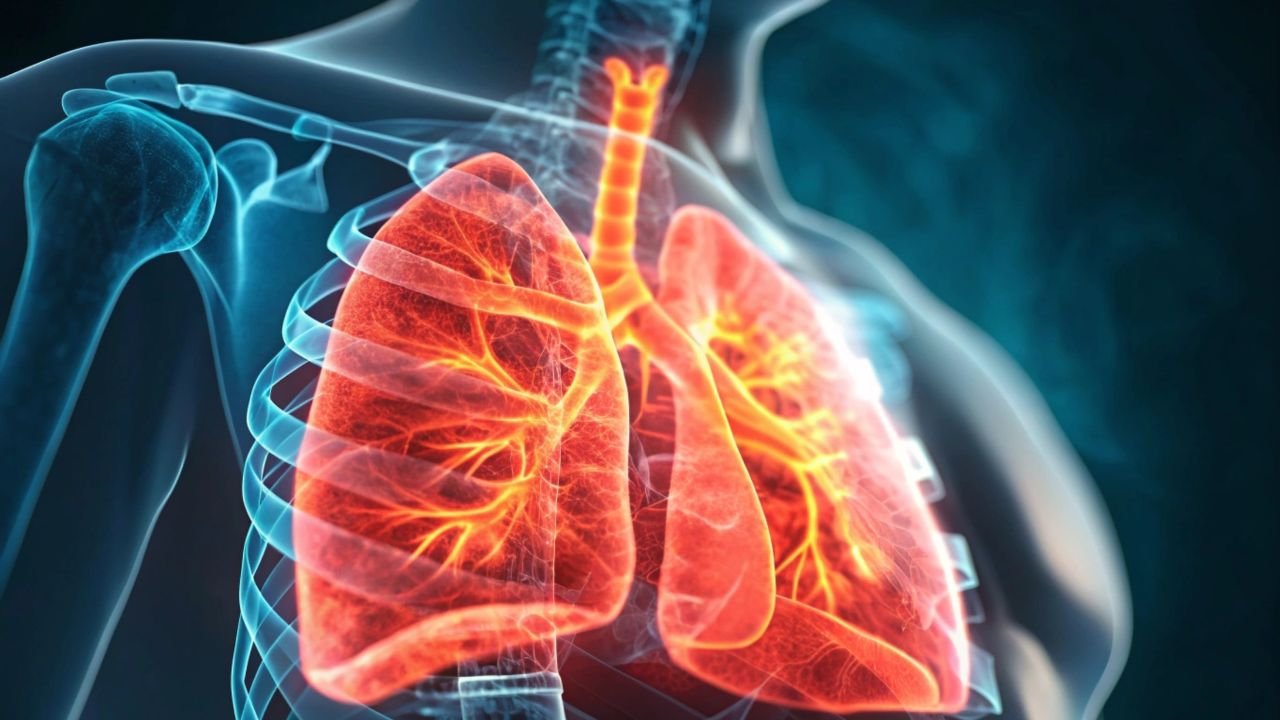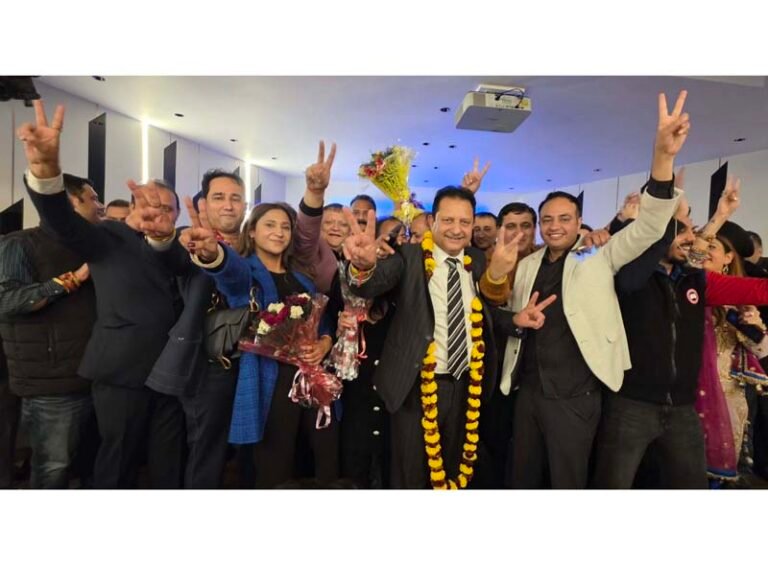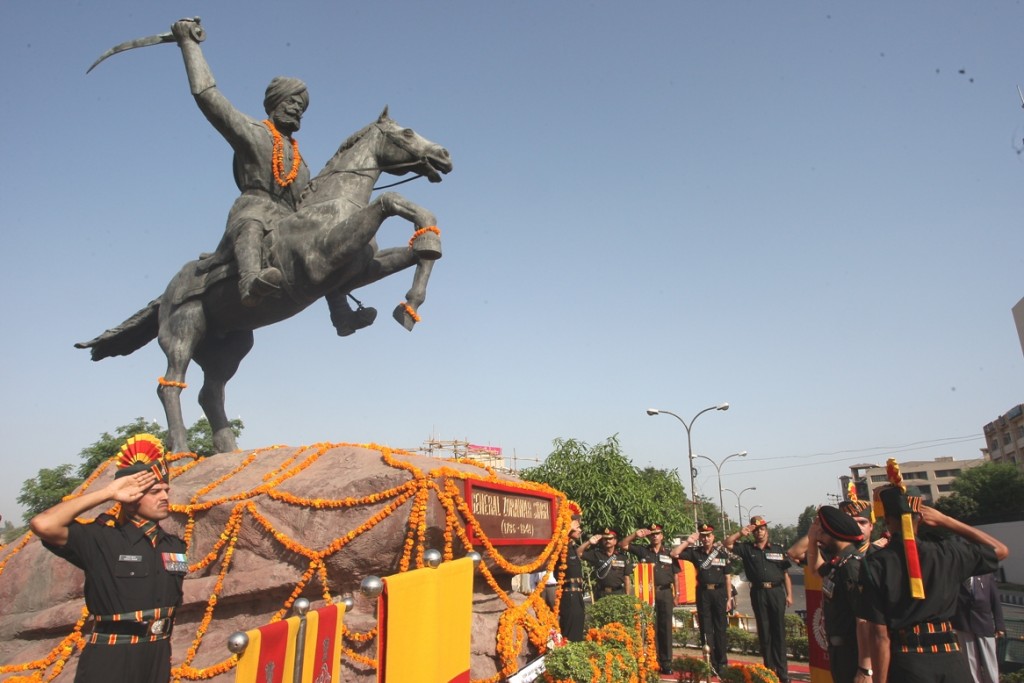J&K has emerged as a beacon of progress in Poverty Reduction in Jammu and Kashmir, achieving extraordinary results over the past nine years. With a dramatic drop in the Poverty Headcount Ratio, the region has not only transformed lives but also surpassed many other Union Territories in the National Multidimensional Poverty Index (MPI), showcasing its commitment to inclusive growth and development.
J&K Achieves Steep Decline in Poverty Over Nine Years
- Jammu & Kashmir (J&K) Union Territory (UT) has made remarkable strides in reducing poverty over the last nine years.
- The region has seen a significant decline in the Poverty Headcount Ratio, outperforming many other UTs in the National Multidimensional Poverty Index (MPI).
Largest Decline in Poverty Reduction in Jammu and Kashmir| Multidimensional Poverty Since 2005-06
- According to the latest report based on the fifth National Family Health Survey (NFHS), J&K has recorded the largest decline in the number of multidimensional poor people between 2005-06 and 2022-23.
- In 2005-06, J&K had 40.45% of its population living in multidimensional poverty.
- By 2015-16, this figure had dropped to 12.56%.
- A sharp decline followed, and by 2019-21, the rate further reduced to just 4.80%.
- Currently, only 2.81% of J&K’s population is multidimensionally poor.
J&K Ranks Sixth Among Union Territories
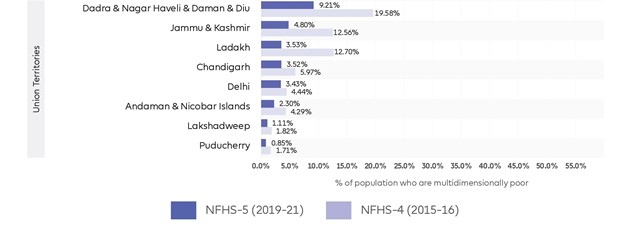
- Jammu & Kashmir ranks sixth among the eight Union Territories, with Puducherry leading the chart with only 0.58% of its population in multidimensional poverty.
- Other UTs that performed well include Lakshadweep (0.84%), Andaman and Nicobar Islands (1.63%), Ladakh (1.73%), Chandigarh (2.62%), Delhi (2.97%), and Dadra and Nagar Haveli & Daman & Diu (6.06%), which is at the bottom of the list.
National Achievements in Poverty Reduction
- On a national level, India has seen significant progress in reducing multidimensional poverty.
- Over the last nine years, a total of 24.82 crore people have escaped multidimensional poverty.
- The country’s MPI has dropped from 29.17% in 2013-14 to 11.28% in 2022-23, marking a reduction of 17.89 percentage points.
Key States Driving Poverty Reduction
- States with traditionally high poverty rates have made substantial progress, helping to reduce inter-state disparities.”
- Uttar Pradesh registered the largest decline, with 5.94 crore people escaping poverty, followed by Bihar (3.77 crore), Madhya Pradesh (2.30 crore), and Rajasthan (1.87 crore).
Read also: Starting a Business in Jammu & Kashmir with PMEGP Scheme: Full Details Inside
Indicators of Multidimensional Poverty and Progress
- The MPI uses 12 indicators across three dimensions: health, education, and standard of living.
- These include nutrition, child and adolescent mortality, maternal health, years of schooling, school attendance, cooking fuel, sanitation, drinking water, electricity, housing, assets, and bank accounts.
- All 12 indicators showed significant improvement during the study period.
Government Initiatives Supporting Poverty Reduction
- The Government of India has implemented several transformative initiatives that have significantly contributed to poverty reduction across multiple dimensions.
- Programs like Poshan Abhiyan and Anaemia Mukt Bharat have enhanced access to healthcare, leading to a reduction in deprivation.
- The country also operates one of the world’s largest food security programs – the Targeted Public Distribution System (TPDS), which covers 81.35 crore beneficiaries.
- The extension of free food grain distribution under Pradhan Mantri Garib Kalyan Anna Yojana for another five years reflects the Government’s commitment to ensuring food security.
Initiatives Improving Living Standards
- Key initiatives such as Ujjwala Yojana (for clean cooking fuel), Saubhagya Scheme (for electricity coverage), Swachh Bharat Mission (for sanitation), and Jal Jeevan Mission (for drinking water) have significantly improved living conditions.
- The Government’s Pradhan Mantri Jan Dhan Yojana and Pradhan Mantri Awas Yojana have played pivotal roles in financial inclusion and providing safe housing to the underprivileged, further contributing to the reduction in multidimensional poverty.
India’s Progress Towards Sustainable Development Goals
- India’s consistent progress towards improving living standards and addressing all dimensions of poverty is expected to help achieve its Sustainable Development Goal (SDG) of halving multidimensional poverty well before the target year of 2030.
- The Government’s unwavering commitment and strategic focus on uplifting the most vulnerable sections of society have been crucial in this achievement.
Read also: Top 10 Business Ideas In Jammu & Kashmir
Vision for a Developed India by 2047
- With these advancements, the country is rapidly addressing the fundamental challenges in accessing basic services.”
- This progress sets the stage to achieve its vision of becoming a Viksit Bharat (Developed India) by 2047.

